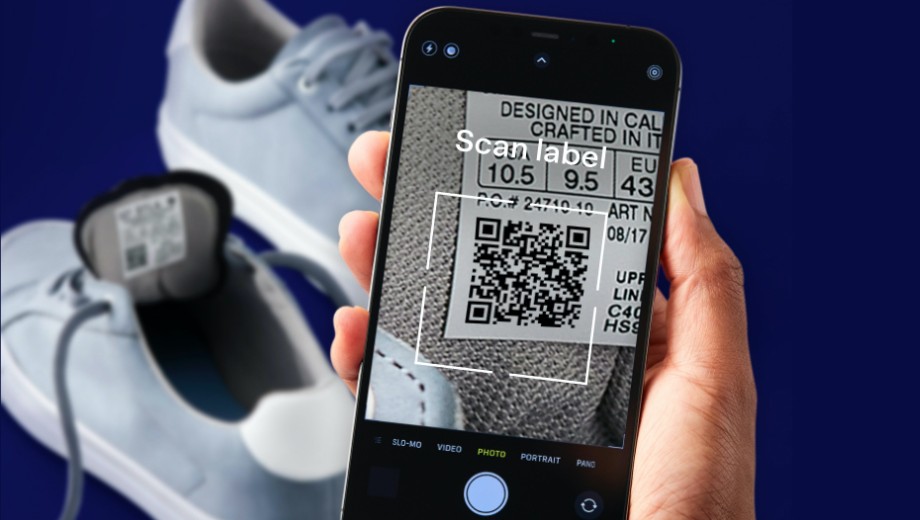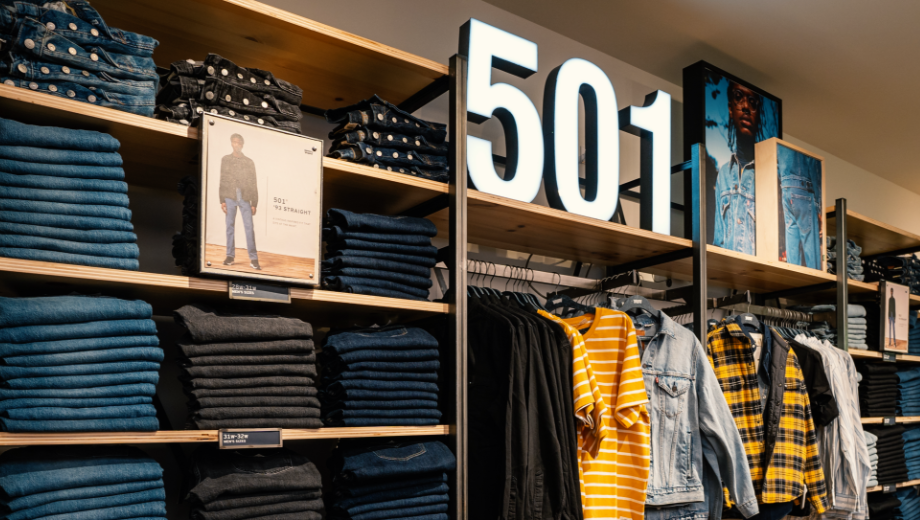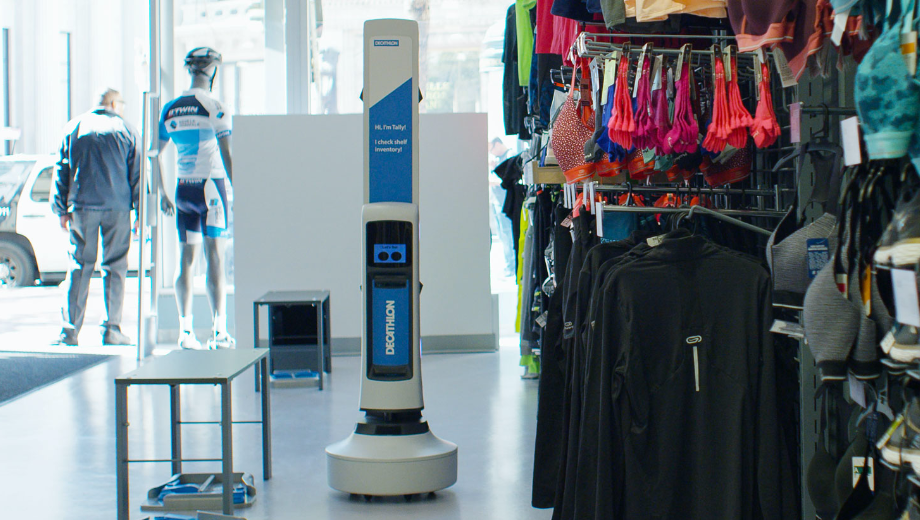Cost-effective, high-performance inlays and tags can transform the retail landscape by making products both visible and smart. Smartrac's latest inlays and tags featuring NXP's UCODE8 enable rapid inventory of dense tag populations even at long distance.
RFID tags offer retailers a wealth of benefits, which are becoming increasingly important in this incredibly competitive sector. RFID allows every single item of merchandise to be made visible and smart, enabling increased inventory accuracy, reduced loss and theft, brand protection and multi-channel readiness. In addition, built-in intelligence can enhance the customer experience not just in-store, but beyond the point of sale and throughout the product’s lifecycle.
High-performance, low-memory chips ideal for mass tagging
New retail inlays and tags featuring low memory but excellent performance offer retailers a cost-effective means of taking advantage of all the benefits of RAIN RFID (UHF). Smartrac is introducing a range of retail inlays that feature NXP’s UCODE 8 IC – one of the best-performing ICs in the market – for applications where high memory capacity is not needed, but high readability is.
NXP's UCODE 8 ICs are among the latest products from NXP’s UCODE family, with features designed for use in the most demanding RFID tagging applications. They enable long read distances and the rapid inventory of dense RFID tag populations, which makes these chips ideally suited to inventory management applications in areas like retail and fashion.
The chips also provide a Self Adjust Feature, a Product Status Flag for Electronic Article Surveillance (EAS) applications, pre-serialized 96-bit EPC which can be increased to 128 bits, Brand Identifier and the EPC Gen2v2 compliant Untraceable command.
Global designs for global operations
Miniweb FCC is Smartrac’s first UCODE design in this form factor using the UCODE 8 chip, and is a highly readable retail inlay in the 42x16mm antenna size (with a die cut size of 45x18mm). Miniweb FCC will be manufactured at 42x16mm for the next few generations, matching the company’s Impinj Monza R6 Miniweb inlays for size.
Miniweb FCC complies with the ARC categories A, B, D, G, M and Q. Furthermore, it conforms to GS1 Tagged-Item Performance Protocol (TIPP) Tagged-Item Grading M10B, S15B, M15B, S15B and possibly even M20D for the retail supply chain, retailers and suppliers.
Meanwhile, Belt UCODE 8 is a high-performance global retail design for inlays with a 70x14mm antenna size, and a die cut size of 73x17mm. The slightly larger form factor allows the maximum performance to be extracted from the IC.
Alongside its ARC and TIPP ratings for retail applications, Belt UCODE 8 will soon be introduced for a wide range of additional use cases well beyond the retail environment, such as industrial applications, and many more.
Belt UCODE 8 complies with the ARC categories A, B, C, D, K, I, M, N, Q and J. In addition, it meets GS1 Tagged-Item Performance Protocol (TIPP) Tagged-Item Grading M10B, S15B, M15B, S15B, M20D and S15D for the retail supply chain, retailers and suppliers.
Both products can be produced in additional memory, protocol and product configurations on request, and will be available in Q1 2018. Smartrac’s RAIN RFID (UHF) portfolio will be expanded further to include industry-standard designs such as Miniweb ETSI, DogBone, Web and Shortdipole.
Defined and verified performance
Not all RFID is created equal - the potential benefits of RFID technology are entirely dependent on the quality of the inlays used. Retailers looking to maximize the return on their RFID investment will always opt for RFID tags and inlays that meet the performance levels defined by the University of Auburn ARC program and GS1 TIPP.
Auburn Radio Compliance Center (ARC) is a test system and database that stores performance data for currently available RFID tags. ARC has been working with retailers to translate RFID use cases into specific levels of performance in the ARC test environment, providing global benchmarks for RFID performance. Lists of tags that meet the required levels of performance can quickly be generated or, for more difficult-to-read products, customized tagging profiles can be created.
GS1 is a global non-profit organization that develops and maintains the most widely used supply-chain standards system. GS1 developed its Tagged Item Performance Protocol (TIPP) in response to a need for common definitions and methods for specifying and verifying the performance of RFID-tagged items in retail use cases. GS1 TIPP provides, among other things, a standard set of performance grades for UHF Class 1 Gen 2 (RAIN RFID) tagged items, and a repeatable test procedure to validate the grade of a tagged item.
Smartrac has always been fully committed to the retail market and was one of the first members and supporters of the ARC initiative. Today, we provide one of the largest portfolios of ARC-certified and TIPP-graded inlays and tags available worldwide.
For detailed product information, please contact our sales & customer service team.



